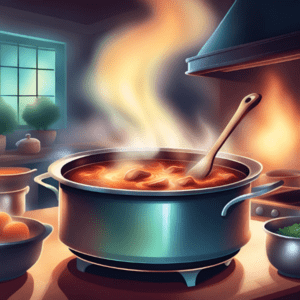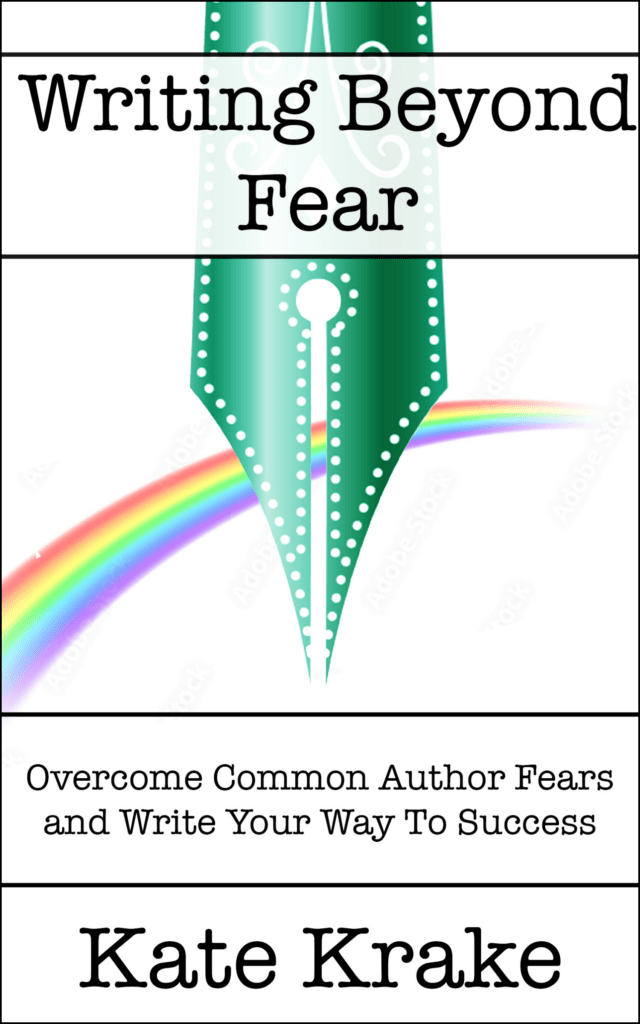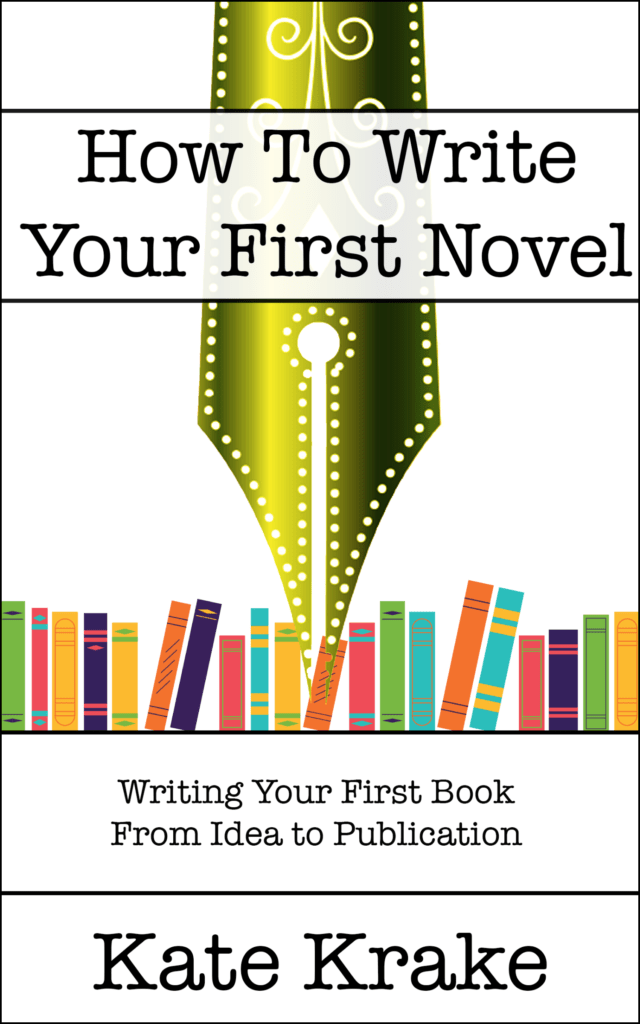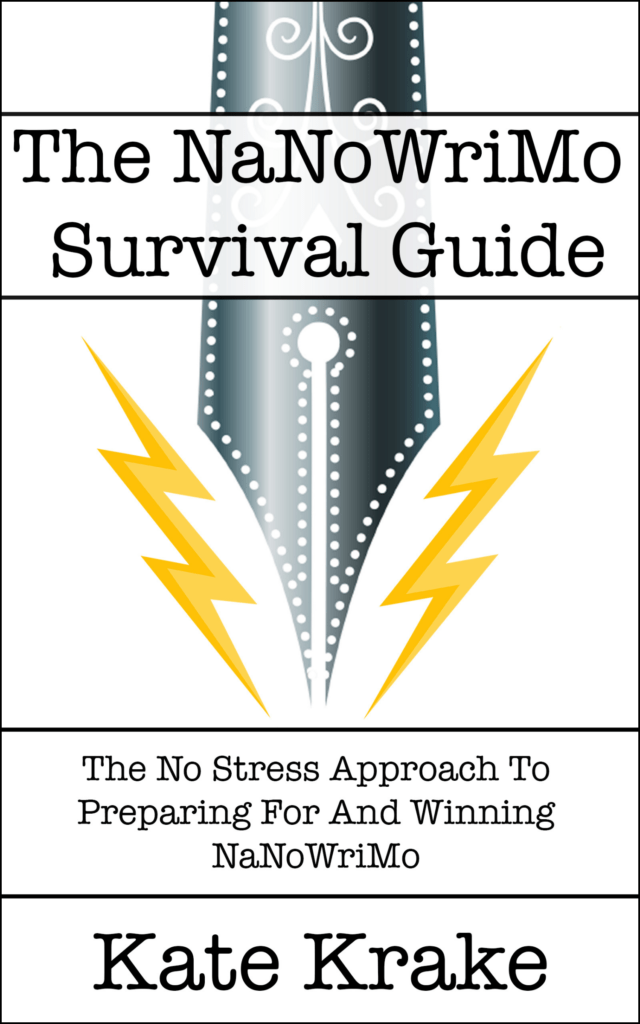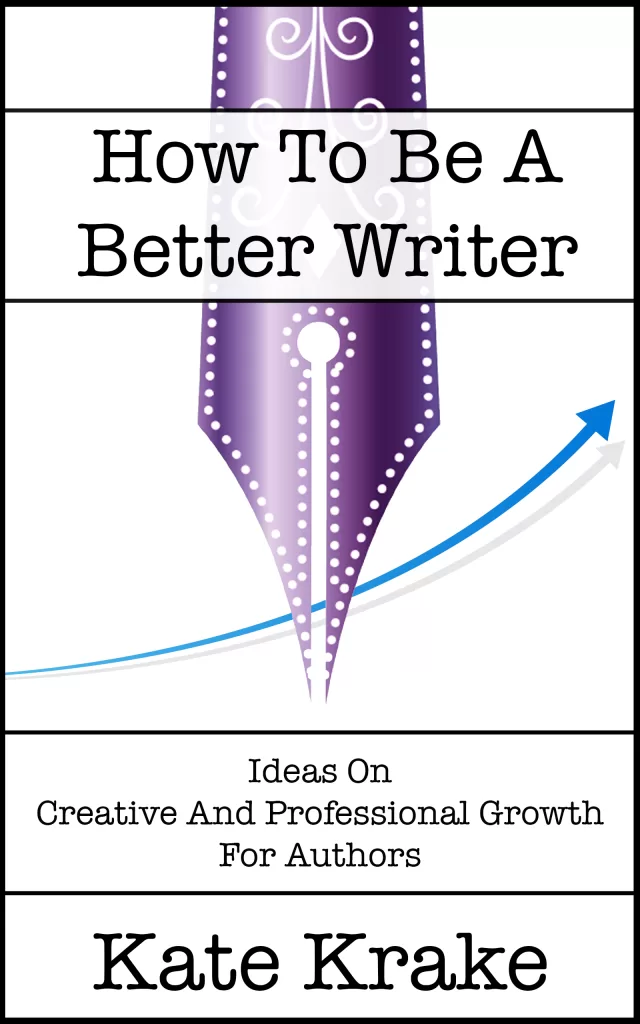You’ve finished your first draft. Hearty congratulations! A mighty sense of satisfaction washes over you. You’ve been working hard, for months, years even if it’s a novel, perhaps hours or days for a short story or an article. There’s still a long way to go, a lot more work to do until you’re ready to show the story to anyone or publish. You’re eager to get it done; you can’t wait to finish.
What should you do now?
Nothing.
Rest.
When you have finished the first draft, take some time off and go and do something far away from that project. Try not to even think about it.
Do more nothing.
Wait. What?
You’re keen to keep writing, to keep working, and to polish your new story into a shining gem from the rough of the first draft. And now you’re supposed to…. not work on it?
That’s right.
Welcome to the Stewing Phase.
The Stewing Phase is the easiest, most fun phase of writing a story. This is the time when you get to sit back on the satisfaction of completing a draft, play around with something else, go and do anything, and everything that’s not related to your writing. And you still get to call it work.
In this period of rest, you are still working hard. Or rather, your subconscious mind is still working hard and figuring out all the threads in your story, you know you have to go back and work on. It’s true!
Studies upon studies show the subconscious areas of the brain continue to work on a problem when the front regions are preoccupied. Imaging studies of the brain show that during our default state (REST – Random Episodic Silent Thought), our mind’s association cortices are all fired up, reorganizing our thoughts and regulating and connecting ideas without us even realizing it. These are the areas of the brain that are highly active during creative work.
“…unconscious processes play an important role in achieving creative insights.”
Nancy C. Andreasen, M.D., Ph.D. A Journey into Chaos: Creativity and the Unconscious
I call it the Stewing Phase because that’s what’s happening to our ideas. When you make a stew, you leave the ingredients to simmer for a long time, only touching it occasionally to give it a stir and push things back down into the mix. At the end of the cooking time, all the meats, vegetables, herbs, grains, and liquids have all blended, combining their flavors and juicy delight into one perfectly harmonious and delicious meal.
How Long To Wait After You’ve Finished The First Draft?
The longer you leave a stew, the more intense the flavors. But leave it too long, and it will turn rubbery, break down too much, or burn.
The length of this incubation period varies from writer to writer and project to project. I like two weeks for novels and even some longer short stories—a few days for shorter pieces and articles. A day if I’m in a rush on something, and it’s short enough.
If you’ve only got a day, try to make sure you can at least let it stew overnight because some serious magic comes out of the subconscious when we’re asleep.
What to Do During the Stewing Phase?
Anything. Nothing. Everything.
In my previous stewing stages, I’ve done different things. If I’m taking a break on fiction, I’ll write non-fiction. I read a lot of non-fiction books related to my fiction, I take care of admin. I read novels close to the style of language I would like for my new book, practicing genre immersion. I draw, walk, workout, listen to music and make book inspired playlists on Spotify. I also juggle a family. I should probably clean my house a bit more than I do.
Don’t worry if you get a feeling of guilt that you’re not “working” during this phase. You are, or at least your subconscious is. You finished a first draft! Celebrate that and now sit back, and trust the process of emergence.

